The Hidden Strengths: Exploring Pressure Points in Traditional Karate
Karate, a martial art with origins deep in the history of Okinawa, has transcended its simplistic roots to develop into a complex system of combat, philosophy, and self-discipline. At the heart of this intricate art form lies the concept of pressure points—known in Japanese as “kyusho” (急所). This article delves into the hidden strengths offered by understanding and utilizing pressure points in traditional karate, illuminating their significance in both practical application and philosophical understanding.
Introduction to Pressure Points in Karate
Pressure points are specific areas on the body that, when struck or manipulated, can induce various effects ranging from pain to incapacitation. In traditional karate, these targets are not merely opportunities for attack but also gateways to a deeper understanding of human anatomy and energy flow.
Historical Context of Kyusho
Origins of Kyusho
The study of pressure points is deeply rooted in ancient martial arts, but its systematic exploration can be traced back to traditional Chinese medicine. The concept of qi (chi, or life force) and its relationship to the body has influenced numerous martial arts, including karate. This influence is evident in the way karate practitioners have integrated pressure point techniques into their training and combat philosophy.
Integration into Karate
As karate evolved, particularly through its establishment as a formal martial art in the early 20th century, the integration of kyusho became more pronounced. Masters of the art, such as Gichin Funakoshi, began to emphasize the practical applications of pressure points, aligning them with the broader teachings of self-defense and personal development.
Understanding the Anatomy of Pressure Points
Basic Anatomy
To effectively utilize pressure points, one must have a foundational understanding of human anatomy, particularly the nervous system and beneficial pressure-related combinations. Pressure points correspond to nerve clusters, blood vessels, and muscle groupings where strikes can create heightened effects.
Major Pressure Points
Some of the most commonly referenced pressure points in karate include:
-
Kōkotsu (喉仏): Located at the base of the throat, an effective strike can cause choking or loss of breath.
-
Neru (腋窩): The armpit area, where a well-placed strike can incapacitate an opponent.
-
Hara (腹): Addressing the area below the ribcage, targeting the diaphragm for disorientation.
-
Me (目): The eyes, an external point where strikes can temporarily blind or incapacitate.
-
Dantian (丹田): Considered the center of energy in traditional Chinese medicine, attacks can disrupt one’s balance and energy flow.
The Techniques of Kyusho in Karate
Striking Techniques
Striking techniques involve specific karate moves that target pressure points. These can include the following methods:
-
Tsuki (突き): Punching techniques directed toward pressure points.
-
Keri (蹴り): Kicking methodologies intended for larger targets.
Manipulation Techniques
Beyond strikes, manipulation techniques include joint locks and holds that exploit pressure points to control or incapacitate an opponent. Styles like Goju-Ryu incorporate these into their kata (forms) training, providing practical application in a controlled environment.
Training and Application
Effective training in kyusho involves extensive practice, both in controlled scenarios and sparring. Traditional methodologies often include:
-
Kata Practice: Performing forms that incorporate pressure point techniques, allowing for muscle memory development.
-
Sparring: Engaging with partners to simulate real-life application and response to attacks.
-
Meditation and Visualization: Understanding the energy flow within the body enhances a practitioner’s sensitivity to pressure points during combat.
The Role of Focus and Mental Discipline
Training in kyusho also emphasizes mental discipline. A calm mind allows practitioners to respond effectively under pressure, enhancing both strategic thinking and reaction time during confrontations.
Philosophical Underpinnings of Kyusho
The Balance of Power and Control
At its core, karate teaches that martial skill should coexist with a strong moral compass. The responsible use of pressure point techniques fosters a greater understanding of one’s own power and its potential consequences.
Development of Self-Control
Karate training, especially through the lens of kyusho, cultivates self-control. Practitioners learn to manage their physical abilities, allowing for the thoughtful application of techniques as opposed to reckless aggression.
Real-World Applications of Pressure Points
Self-Defense
One of the primary motivations for learning kyusho techniques is for effective self-defense. Knowledge of pressure points allows individuals to disable potential attackers quickly, providing valuable seconds to escape.
Personal Wellness
Beyond self-defense, the underlying principles of kyusho can contribute to overall wellness. Techniques learned can assist in stress release and promote physical awareness and mindfulness.
Conclusion
The study of pressure points in traditional karate reveals the hidden strengths within this ancient martial art. Through an understanding of anatomy, practical training, and philosophical grounding, practitioners can harness the potential of kyusho, embodying both the warrior spirit and the principles of responsible living.
The exploration of pressure points is a testament to the depth of karate as a martial art. It combines artistry with practicality, philosophy with action, delivering both personal growth and self-defense skills to its participants. It’s this nuanced framework that continues to inspire generations of martial artists around the world, making karate not just a form of combat, but a lifelong journey of self-exploration and empowerment.
References
-
Funakoshi, Gichin. Karate-Do: My Way of Life. Kodansha International, 2003.
-
Hiro, Kiyoshi. The Hidden Power of Kyusho. Black Belt Books, 1999.
-
Taira, Masayuki. Pressure Points in Martial Arts: Theory and Application. Martial Arts Publishing, 2005.
-
Wong, Y. Qi and Pressure Points: Traditional Chinese Medicine Perspective. Eastern Publishing, 2008.
-
Kudo, Tanaka. The Martial Art of Self-Defense: Applying Kyusho in Karate. Warrior Press, 2009.
This exploration provides the foundation for understanding the importance of kyusho in karate, propelling both new and seasoned practitioners toward mastery. While the journey through karate and kyusho may be challenging, the rewards—strength, awareness, and a deeper connection to the art—are well worth the effort.

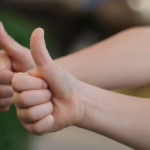

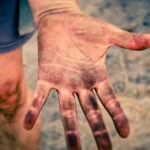



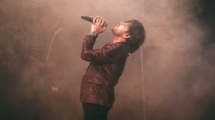


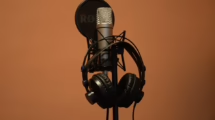




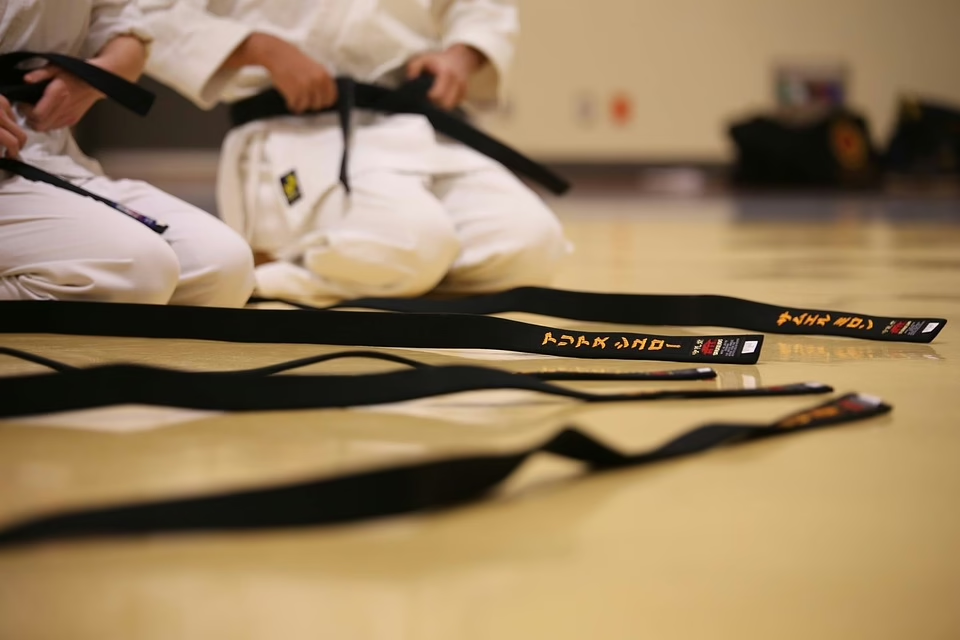


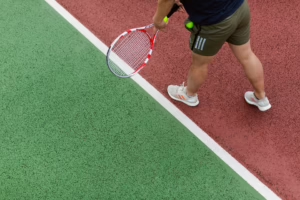
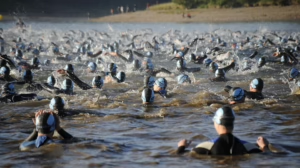

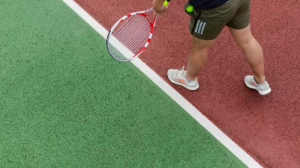




Add Comment